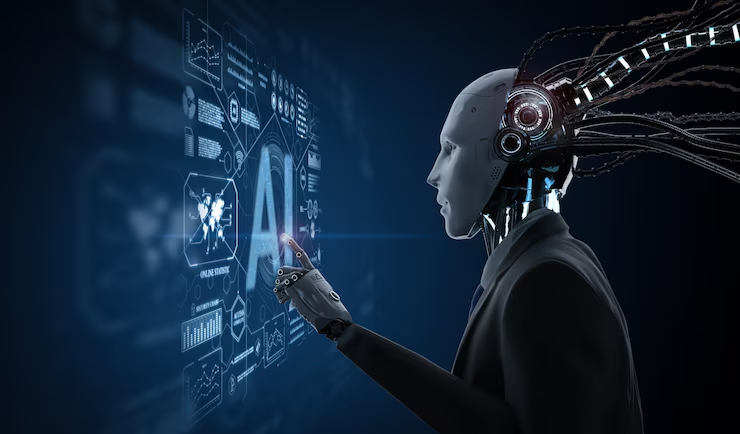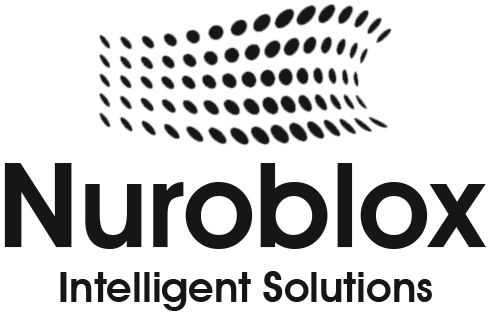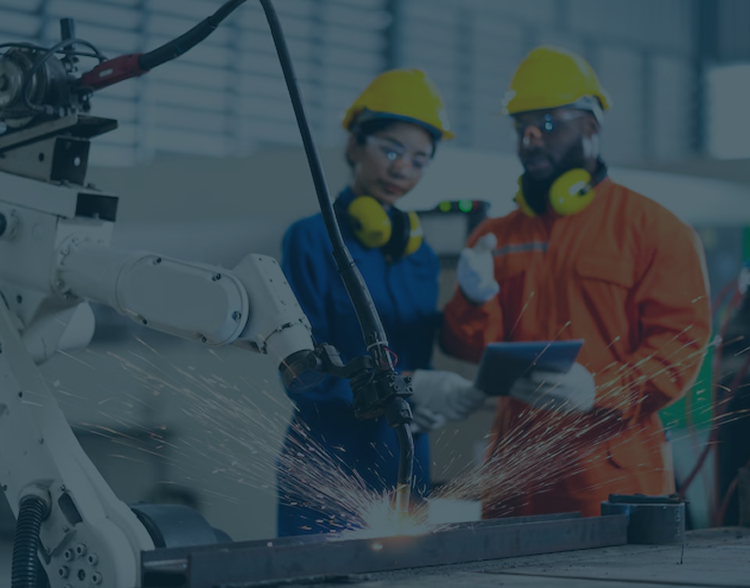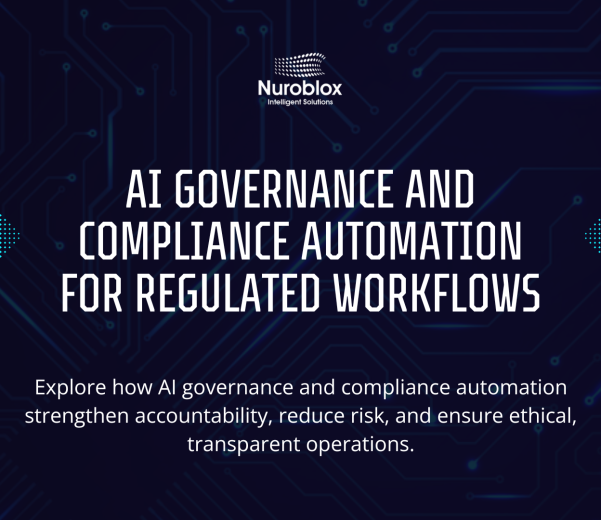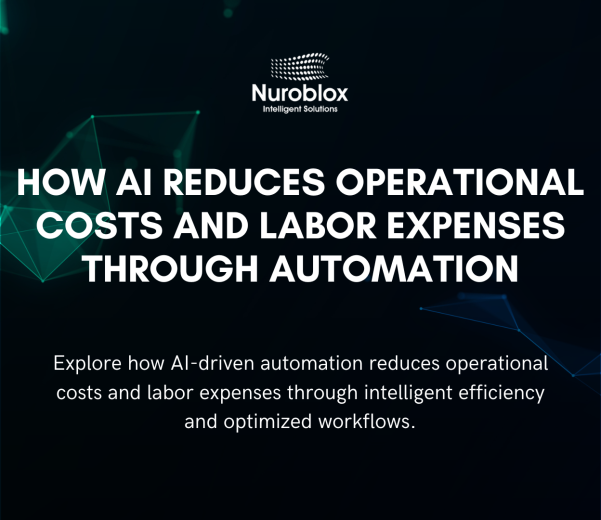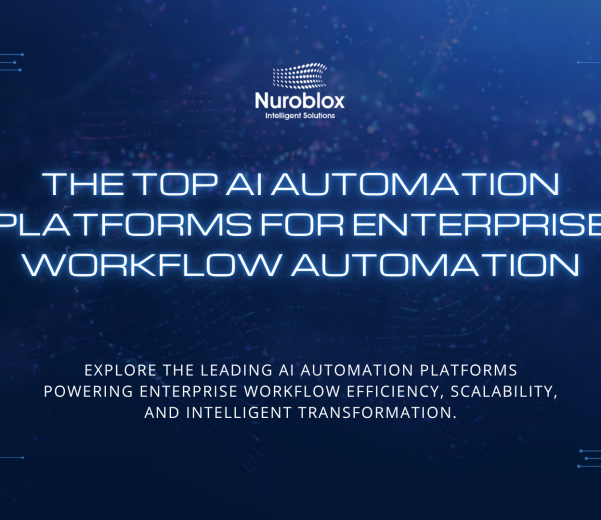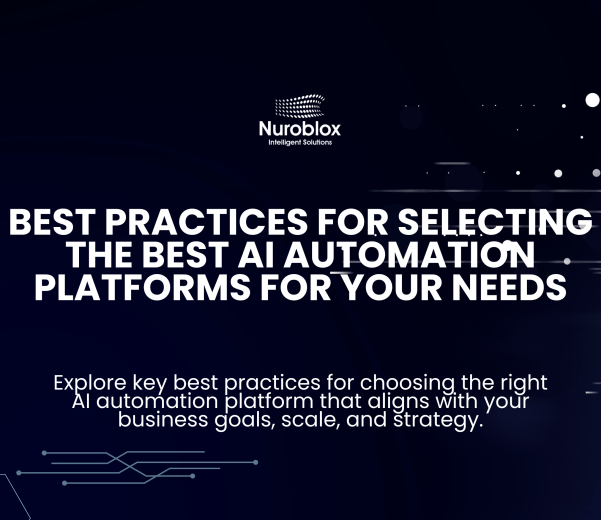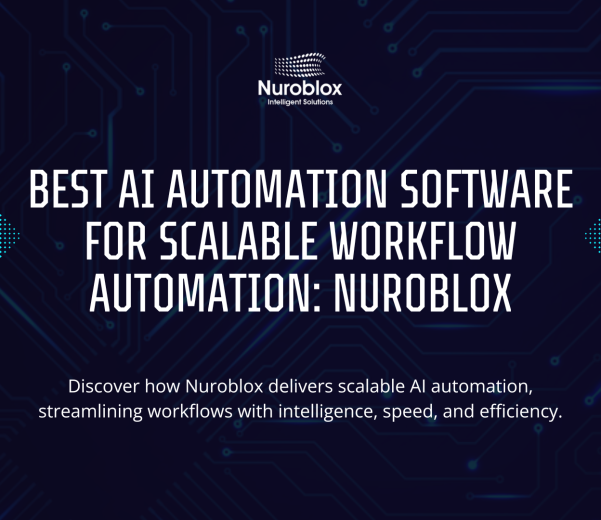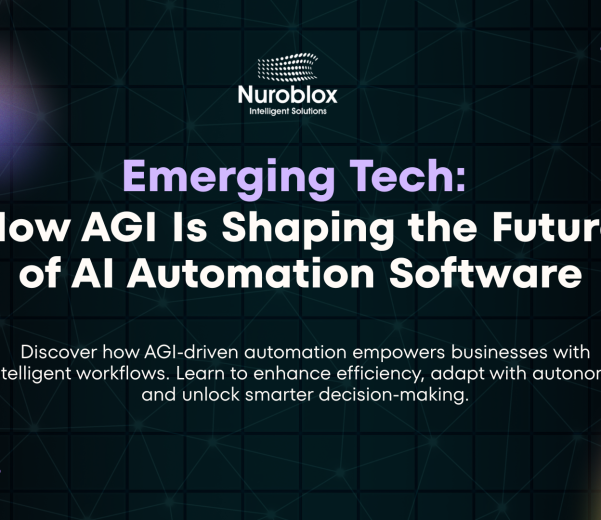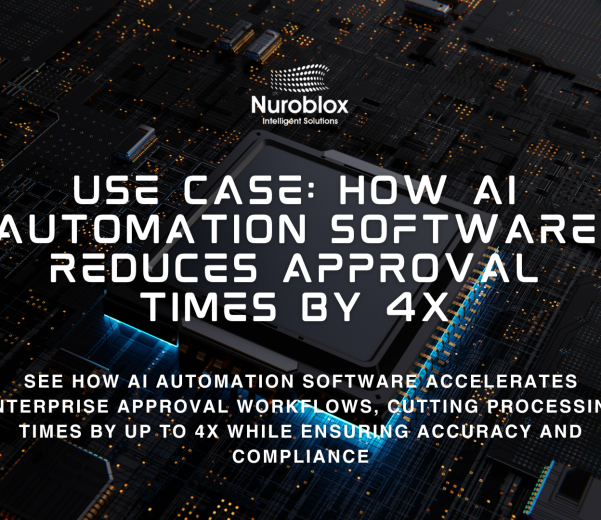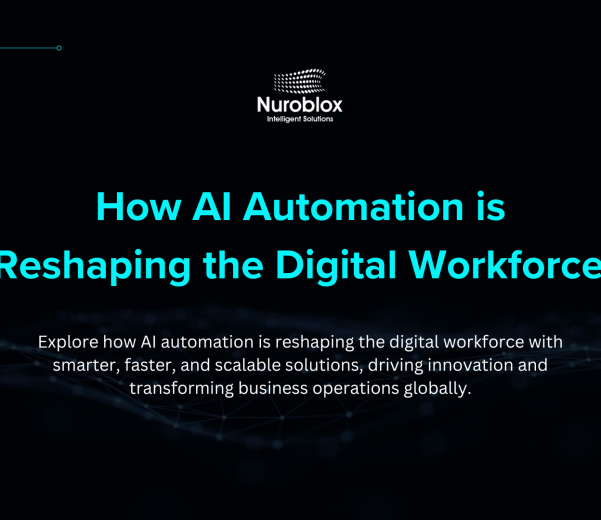AI automation
- Home
- AI automation
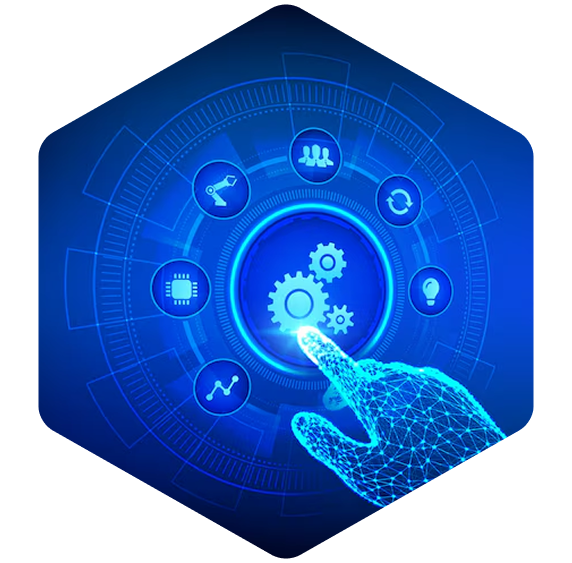
// ABOUT AI AUTOMATION
AI Automation
AI automation revolutionizes traditional processes by integrating artificial intelligence with automated systems, enabling smarter, faster workflows that adapt over time, enhance decision-making, and deliver greater business impact with minimal human intervention.









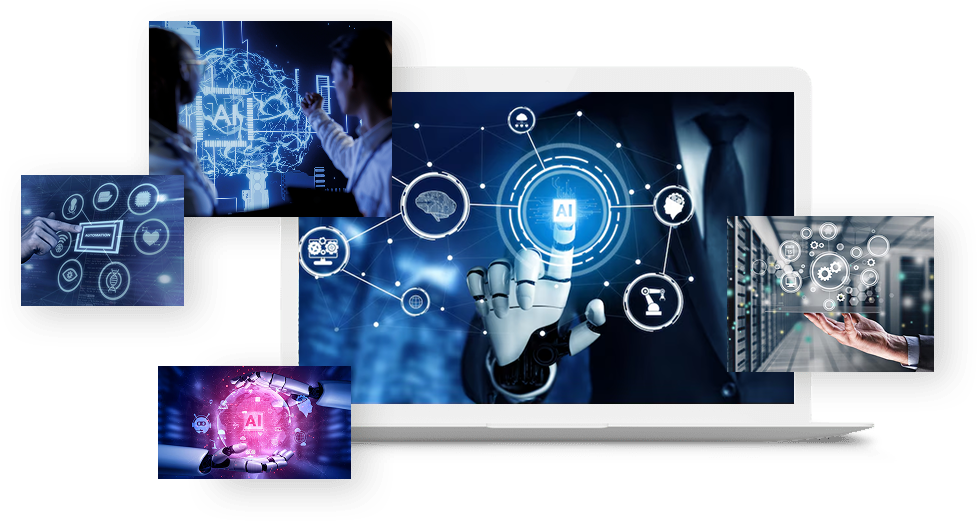
What is AI automation?
AI automation is the integration of artificial intelligence technologies into automated systems to streamline processes, enhance efficiency, and reduce the need for human intervention. Unlike traditional automation, which follows predefined rules and scripts, AI automation uses machine learning, natural language processing, and data analytics to understand patterns, make decisions, and improve over time. This enables organizations to automate not just repetitive tasks, but also complex decision-making processes that were previously reliant on human judgment.
By combining AI with tools like robotic process automation (RPA), businesses can optimize workflows across departments such as finance, customer service, supply chain, and IT operations. AI automation helps reduce errors, accelerate task completion, and provide real-time insights, ultimately leading to increased productivity and cost savings. As AI models continue to evolve, the scope of what can be automated expands, opening up new opportunities for innovation and competitive advantage.
Key Differences Between
AI Automation and Traditional Automation
into automated processes. While traditional automation excels at handling repetitive, rule-based tasks, AI automation adds the ability to understand
context, adapt to new situations, and continuously improve based on data.
Proactive Problem Solving
Improved Human-AI Collaboration
Continuous Optimization
Faster Response to Change
How does AI automation work?
AI automation, also known as intelligent automation, involves creating systems that can think, learn, and adapt with minimal human oversight. It goes beyond simple task execution by combining artificial intelligence with automation to make decisions, solve problems, and optimize processes. Traditional automation handles structured, rule-based tasks, but intelligent automation leverages AI to manage more dynamic, unstructured activities-bringing greater flexibility and value to business operations.
Intelligent automation integrates machine learning, natural language processing (NLP), computer vision, and process orchestration to create smarter systems. Machine learning helps systems improve through data, while NLP enables them to understand human language. Computer vision allows interpretation of visual content like images and videos. Process orchestration coordinates tasks across systems for seamless workflow execution. Together, these technologies enhance decision-making, efficiency, and adaptability in business operations.
By integrating these technologies into enterprise platforms and applications, organizations can streamline operations, enhance decision-making, and create more responsive, intelligent systems across departments.
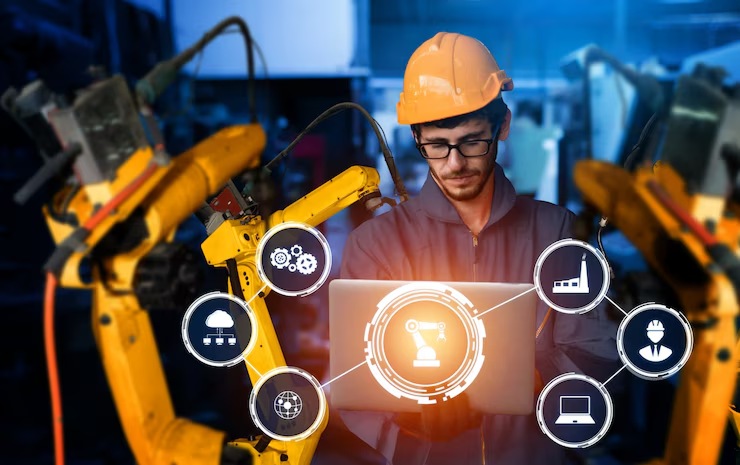
Key Business Benefits of
AI Automation
Making business operations faster, smarter, and more adaptable.
Enhanced Accuracy and Efficiency
AI automation minimizes human error by handling repetitive and data-heavy tasks with precision. This leads to faster processing, reduced rework, and improved reliability in areas like finance, operations, and compliance.
Improved Customer Experience
AI-powered tools like chatbots and virtual assistants offer personalized, 24/7 support. They understand user intent, respond instantly, and escalate complex issues when needed resulting in faster resolutions and higher customer satisfaction.
Smarter Decision-Making
By analyzing large volumes of structured and unstructured data, AI automation provides real-time insights and predictive analytics. This empowers businesses to make faster, more informed decisions and adapt quickly to changing conditions.
Greater Scalability and Flexibility
AI automation can easily scale across departments and adapt to new use cases without significant manual intervention. Whether managing seasonal demand spikes or integrating new data sources, AI systems adjust quickly, supporting business growth and operational agility.
We’re Here to Assist You and Address
All Your Questions Anytime!
Challenges and Key Considerations in
Implementing AI Automation
While AI automation brings significant benefits, adopting it at scale comes with real-world challenges. To ensure successful and responsible integration, organizations must carefully manage ethical, operational, and technical considerations.
Data Privacy Risks
Integration Challenges
Ethical AI Governance

Data Privacy and Ethical Risks
AI systems rely on vast amounts of data some of it personal or sensitive. Which introduces risks around data misuse, security breaches, and ethical concerns. Mishandling this data can damage consumer trust and lead to regulatory violations.
Strategies to Mitigate Risks-
- Enforce strong data governance and clear data usage policies
- Apply techniques like anonymization, encryption, or federated learning
- Conduct regular audits to detect and reduce algorithmic bias
- Educate teams and stakeholders on responsible AI usage

Integration and Scalability Challenges
Scaling AI beyond pilot projects can be difficult, especially with outdated systems, fragmented data, and limited internal expertise. Resistance to change among teams can also slow adoption.
Solutions for Scalability-
- Choose scalable, cloud-based AI platforms
- Use APIs and middleware to connect AI with existing systems
- Centralize data in unified platforms to avoid silos
- Provide AI training and change management programs

Ensuring Ethical AI and Governance
Governance Best Practices-
- Use explainable AI tools with interpretable outputs
- Set up ethics committees to review AI use
- Involve customers, staff, and stakeholders in policy development
Real-World Applications of
AI Automation Across Industries
Healthcare

How to Select the Right AI Automation
Partner for Your Business
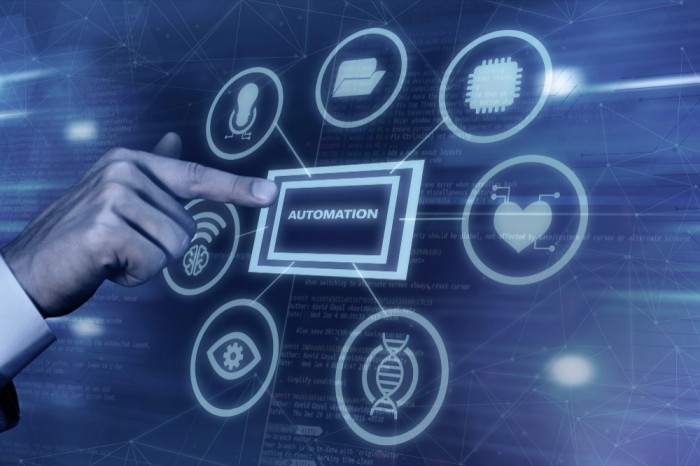
Key Factors to Consider-
Scalability
Pick a provider that supports growth from small pilots to enterprise scale as your needs evolve.
Integration
Choose platforms with APIs and connectors that easily fit into your existing systems.
Ease of Use
Look for intuitive tools that enable fast adoption across technical and non-technical teams.
Customization
Ensure the solution can be tailored to your unique workflows, data, and industry needs.
Step-by-Step Approach to Making the Right Choice-
Define Your Goals
Identify specific business outcomes you want to achieve, such as improving customer support, automating manual processes, or enhancing supply chain efficiency.
Assess Your Readiness
Evaluate your current systems, data quality, and technical capabilities. Identify integration requirements and any barriers like legacy infrastructure or lack of AI expertise.
Create a Shortlist
Research and shortlist providers that align with your technical and business needs. Focus on vendors with proven experience in your industry.
Request Demos and Trials
Research and shortlist providers that align with your technical and business needs. Focus on vendors with proven experience in your industry.
Measure Value
Compare platforms using key metrics like time savings, accuracy improvements, and ROI. Make a data-driven decision, not just a feature-based one.
Engage Stakeholders
Involve cross-functional teams in IT, operations, customer service, and more - to ensure alignment and secure buy-in across the organization.
Create a Shortlist
Involve cross-functional teams IT, operations, customer service, and more - to ensure alignment and secure buy-in across the organization.
Engage Stakeholders
Involve cross-functional teams IT, operations, customer service, and more - to ensure alignment and secure buy-in across the organization.
Maximizing Human Potential with AI Automation
AI automation isn’t about replacing people. It’s about empowering them. By offloading repetitive, time-consuming tasks to intelligent systems, teams are freed up to focus on strategic thinking, innovation, and problem-solving that drives real business growth.
